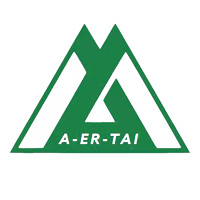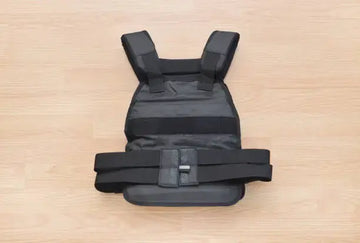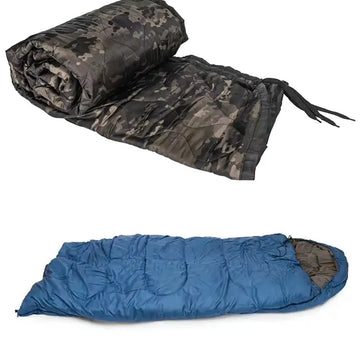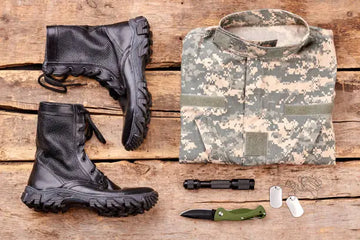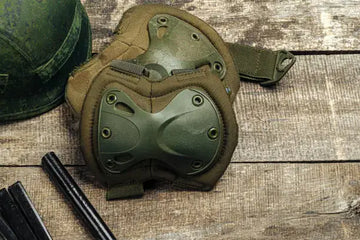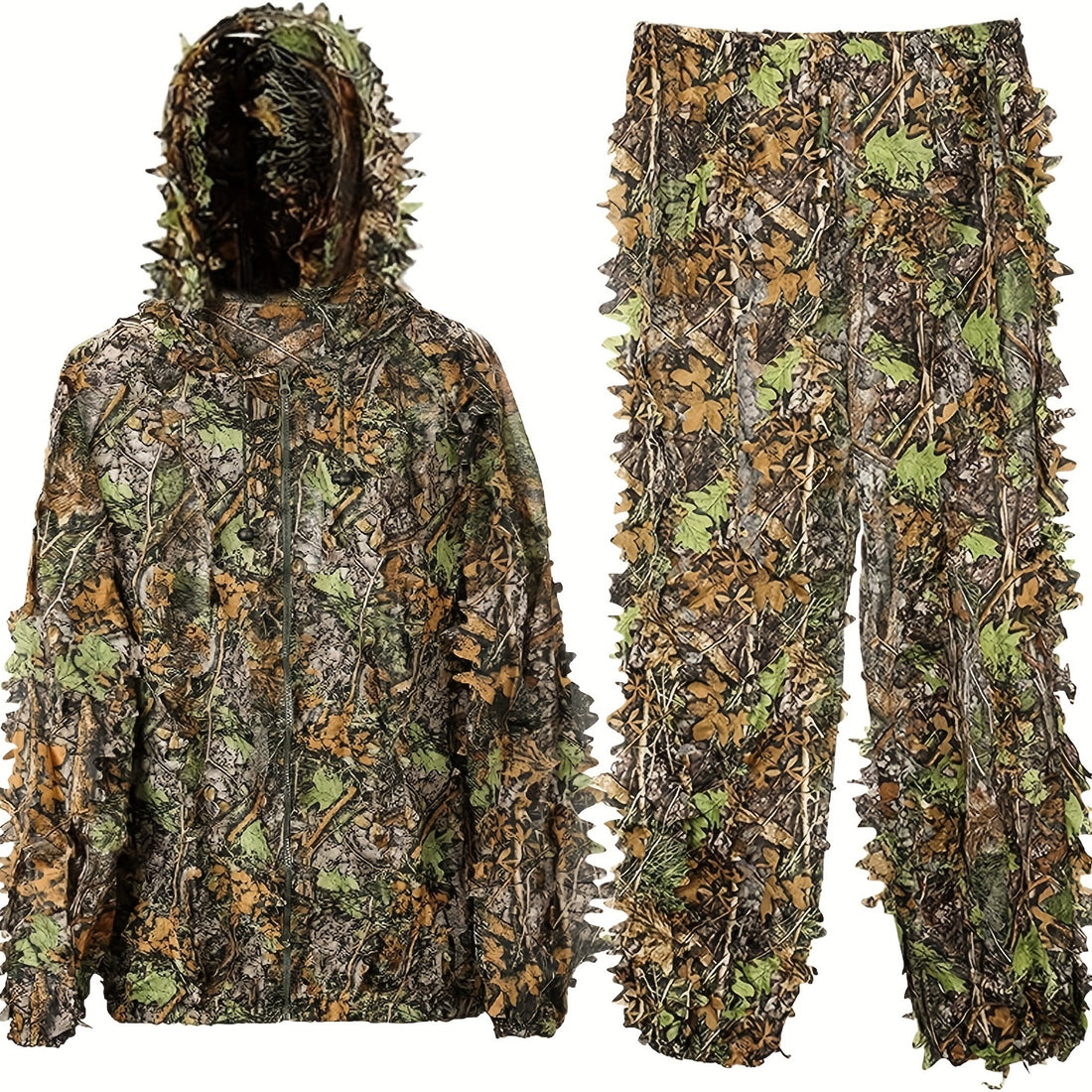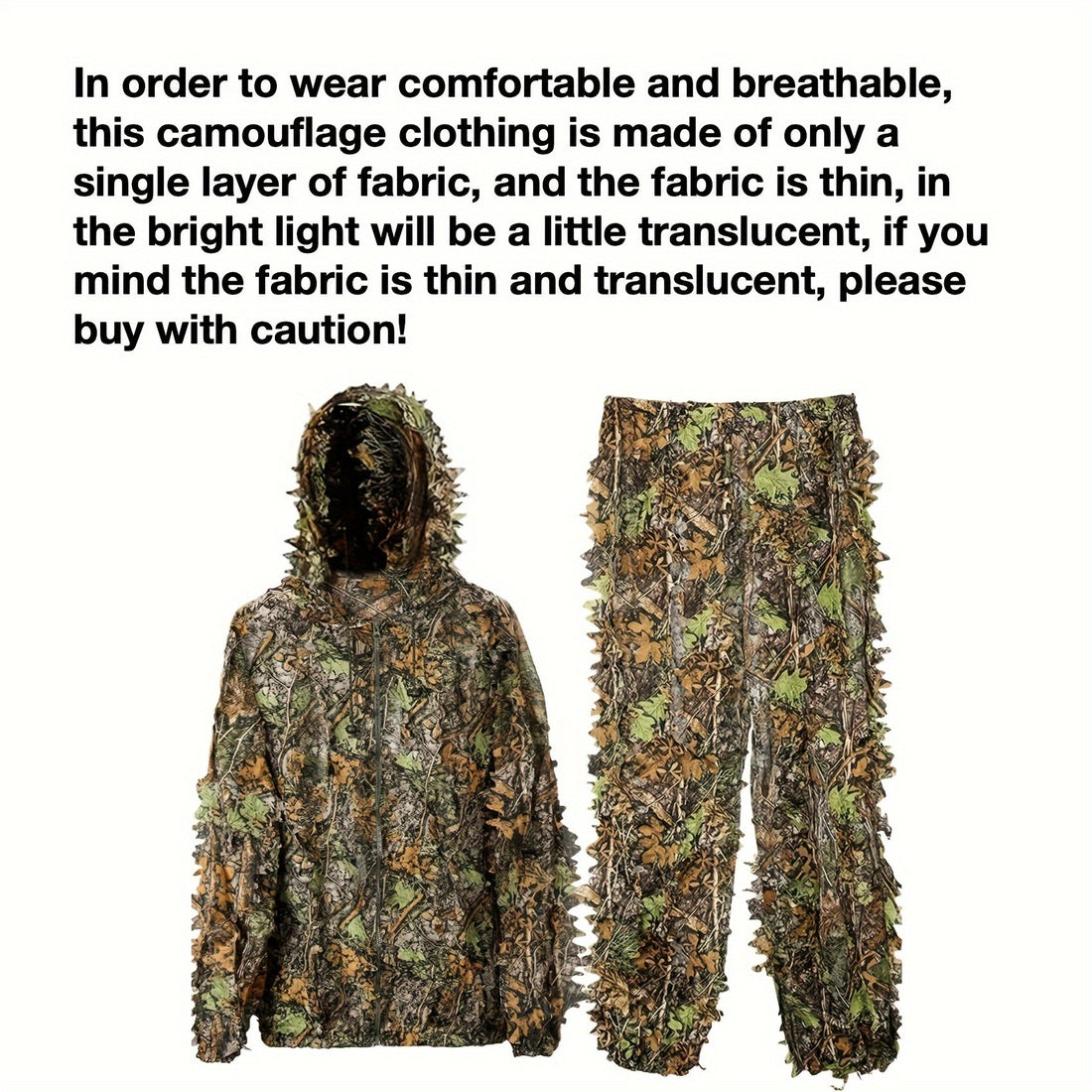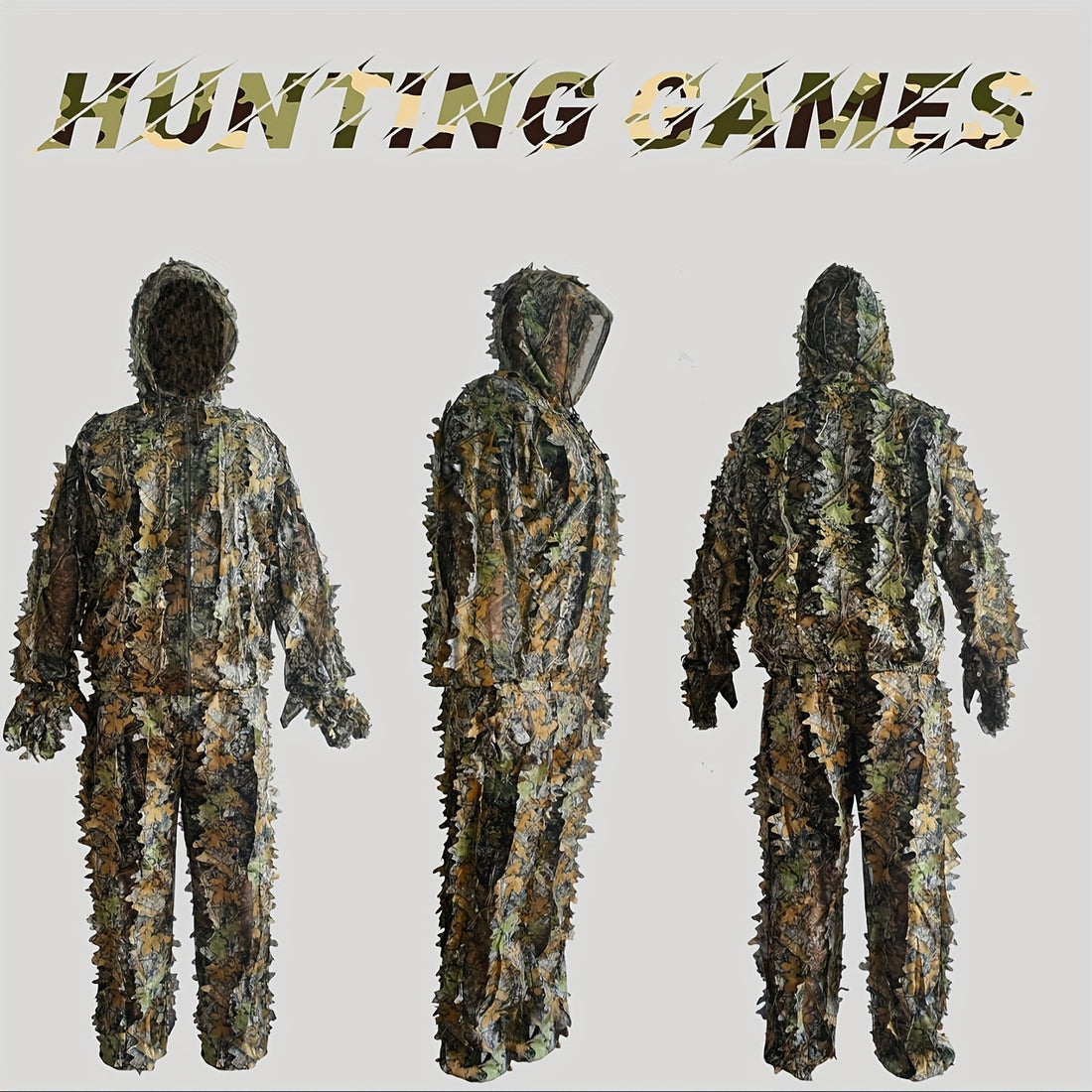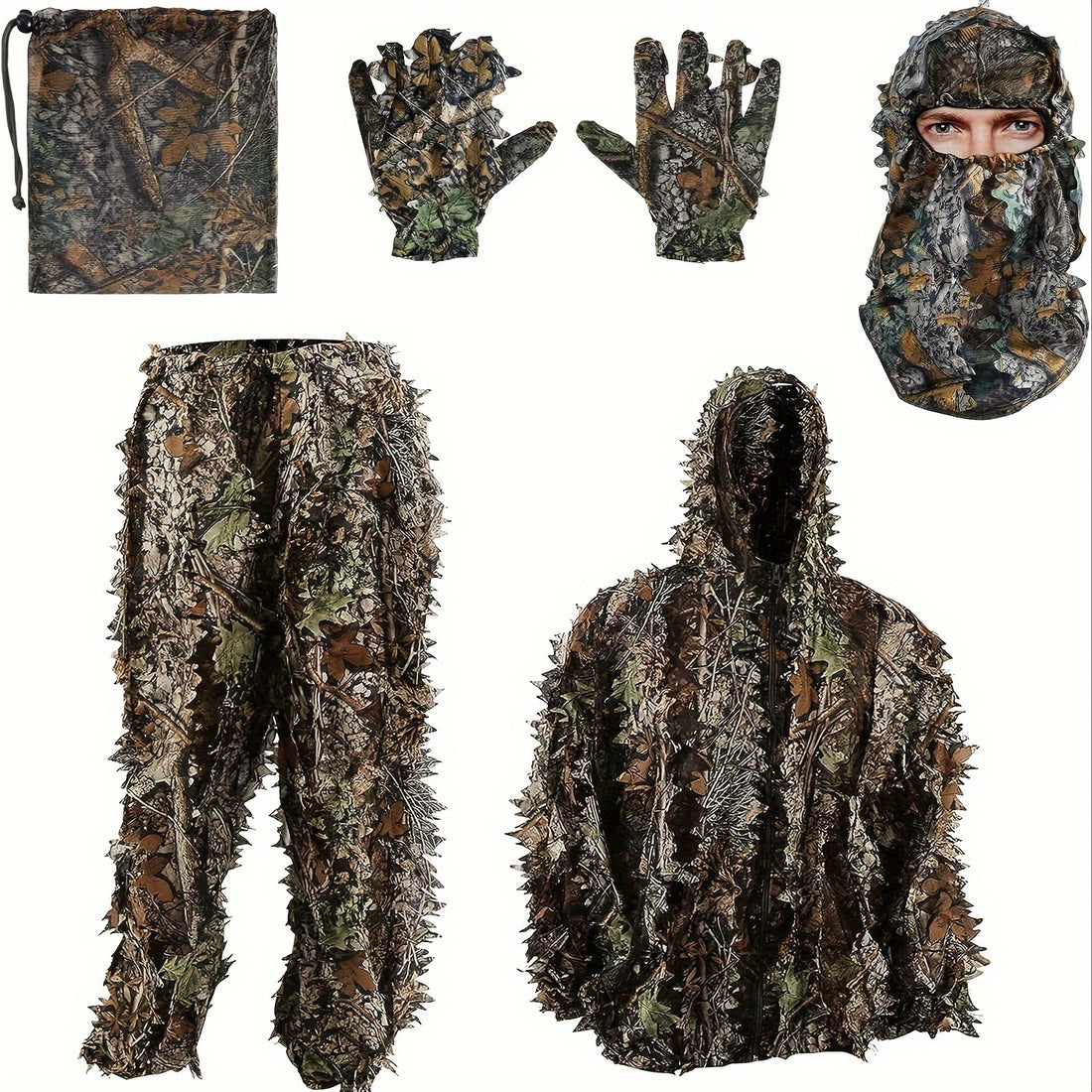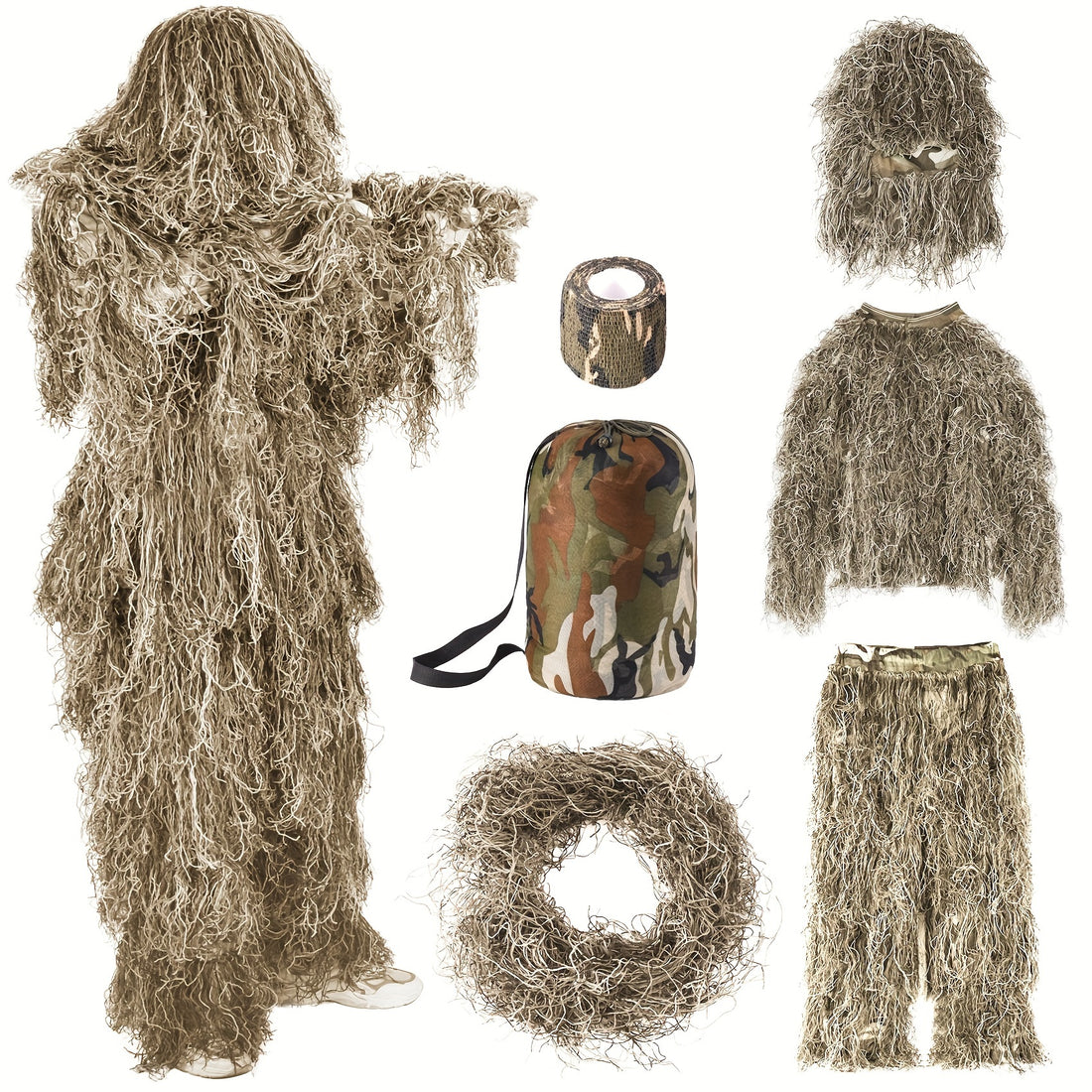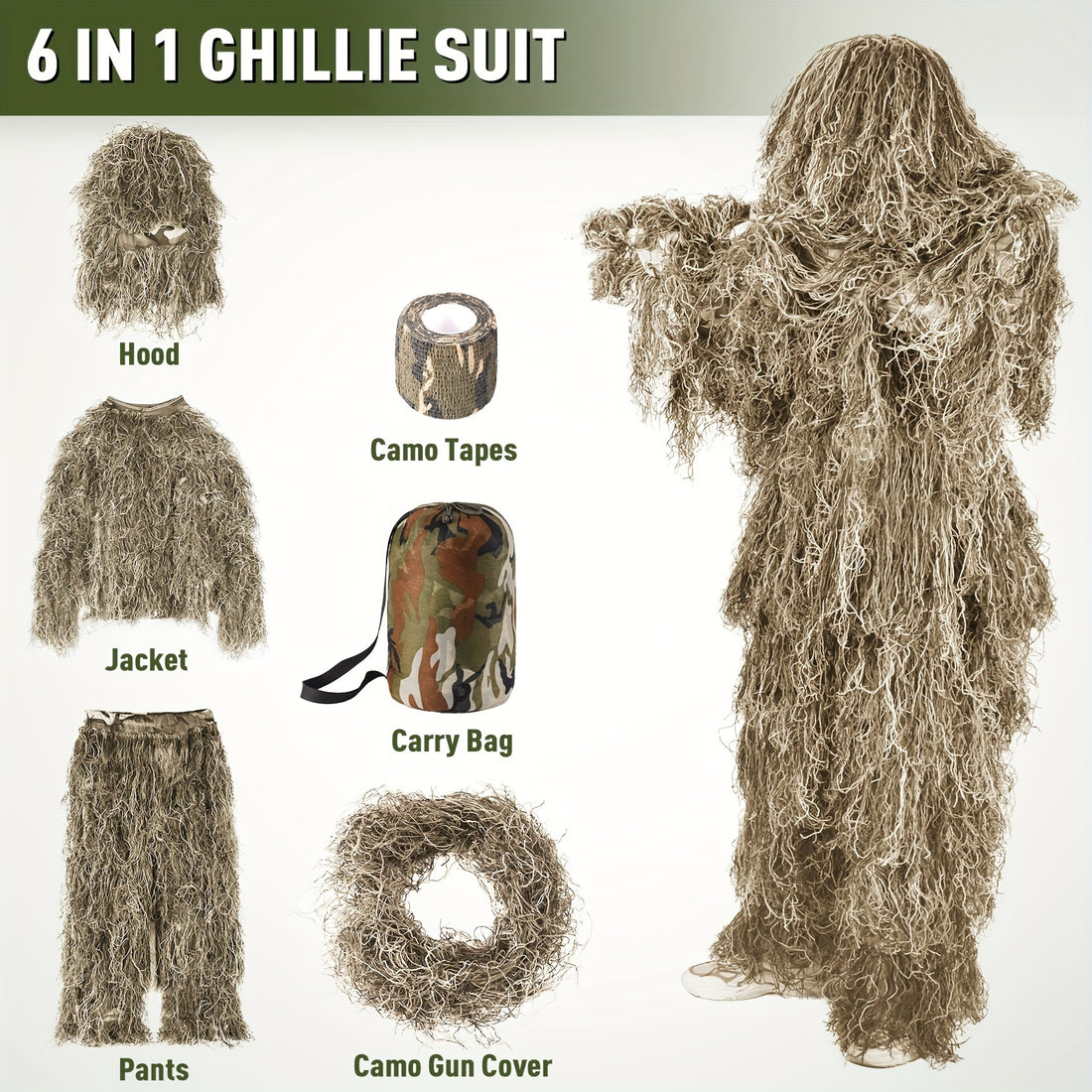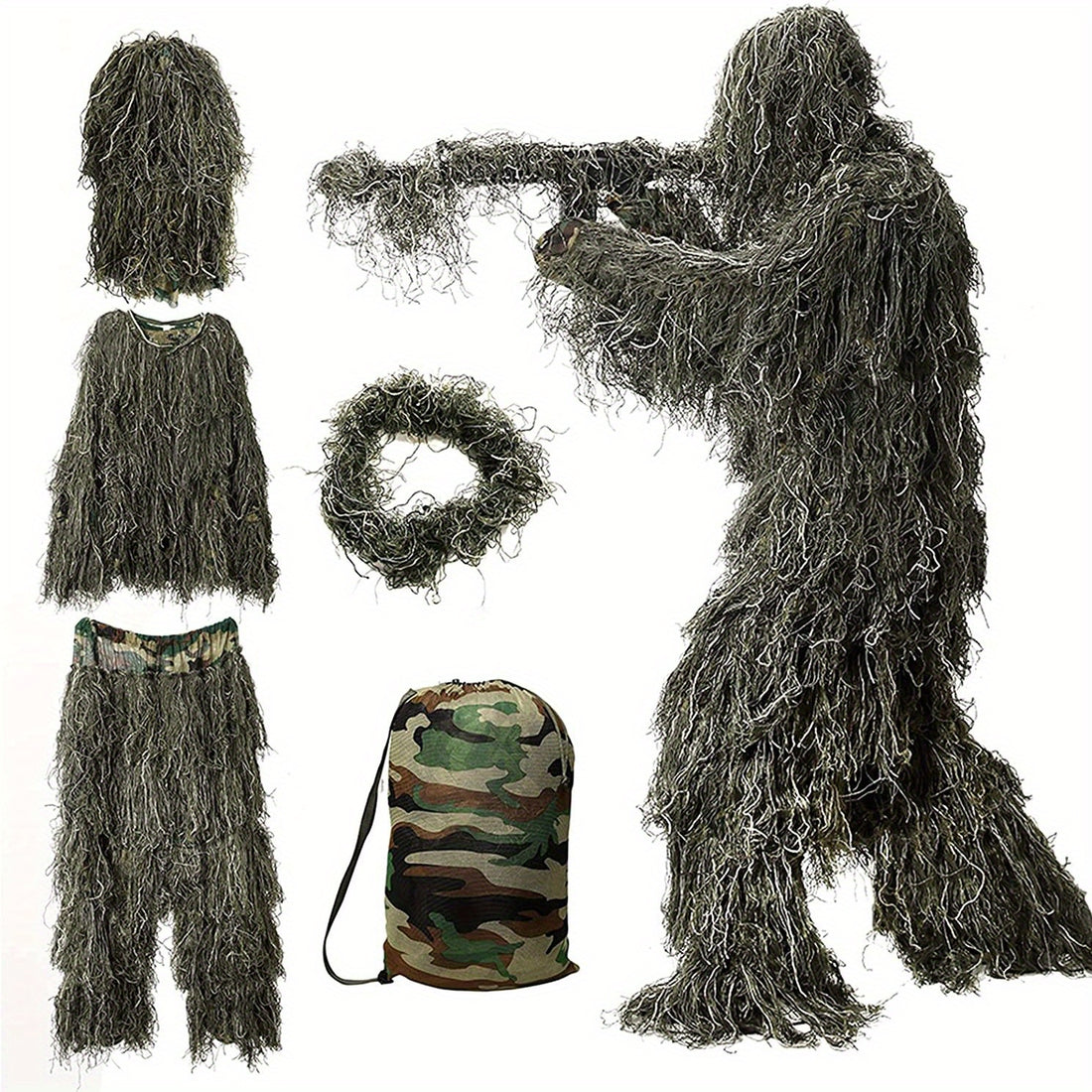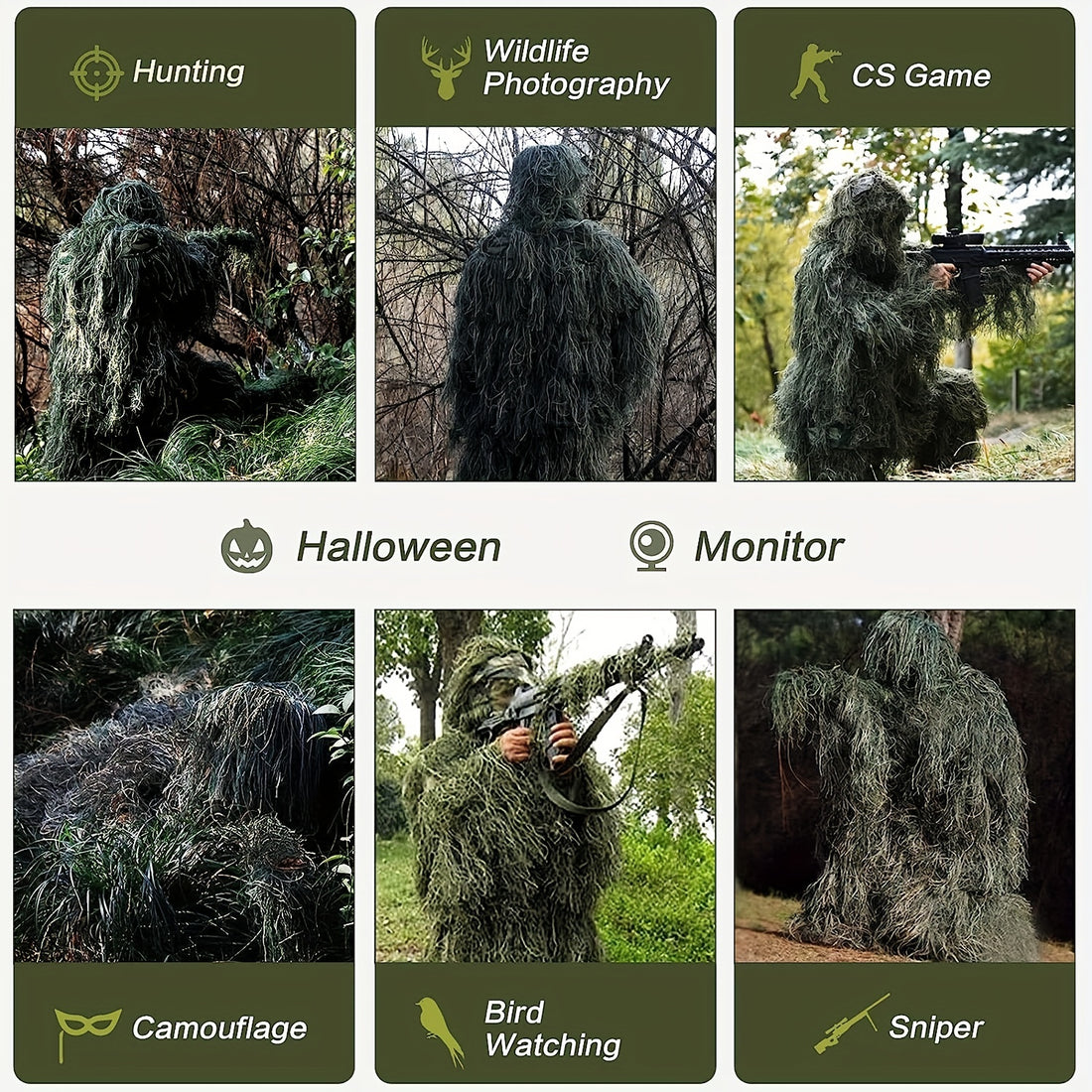When it comes to adding resistance to your workouts, two popular options often come up: rucking and weighted vests. Both methods are great for building strength, endurance, and overall fitness, but they serve slightly different purposes. If you're trying to decide between the two, you're in the right place.
In this article, we’ll break down the key differences, benefits, and drawbacks of rucking and weighted vests. By the end, you’ll know which one is better suited for your fitness goals.
What is Rucking?
Rucking is a simple, effective exercise that involves walking or hiking with a loaded backpack. The term comes from military training, where soldiers carry heavy rucksacks (backpacks) over long distances.
It’s a low-impact workout that builds endurance, strengthens your core, and improves cardiovascular health.
Key Benefits of Rucking:
- Full-Body Workout: Rucking engages your legs, core, back, and shoulders.
- Low-Impact: It’s easier on your joints compared to running or high-intensity workouts.
- Outdoor Activity: Rucking gets you outside, which can boost your mental health.
- Functional Strength: Carrying weight while walking mimics real-life activities, making it practical for everyday life.
Potential Drawbacks of Rucking:
- Requires a good-quality backpack to avoid discomfort.
- Limited to walking or hiking.
- Can be time-consuming if you’re covering long distances.
Explore our durable backpacks
What is a Weighted Vest?
A weighted vest is a piece of fitness equipment designed to add extra weight to your body during workouts.
It’s like wearing a jacket with small weights sewn into it. Weighted vests are versatile and can be used for walking, running, bodyweight exercises, or even strength training.
Key Benefits of Weighted Vests:
- Versatility: You can use a weighted vest for a wide range of exercises, from push-ups to running.
- Adjustable Weight: Most vests allow you to add or remove weight, making them customizable.
- Improved Performance: Adding weight increases the intensity of your workouts, helping you burn more calories and build muscle.
- Convenience: Weighted vests are easy to put on and take off, making them ideal for quick workouts.
Potential Drawbacks of Weighted Vests:
- Can be expensive, particularly those with adjustable weights.
- May cause discomfort if worn for long periods.
- Not ideal for long-distance walking or hiking.
 Credit@Valeriy_G
Credit@Valeriy_G
Rucking vs. Weighted Vest: Key Differences
While both rucking and weighted vests involve carrying extra weight, they differ in how they’re used and the benefits they offer. Here’s a quick comparison:
| Aspect | Rucking | Weighted Vest |
| Equipment | Backpack with weights (e.g., sandbags, books) | A vest with built-in weights |
| Primary Use | Walking or hiking over distances | Versatile (running, exercises, etc.) |
| Impact on Joints | Low-impact | Generally low-impact, but can be moderate to high-impact depending on the exercise (e.g., running) |
| Portability | Requires a backpack and weights | Easy to wear and remove |
| Cost | Affordable ( if you use items you already own, but investing in a good-quality backpack and weights can increase the cost.) | Can be expensive depending on brand |
Which is Better for Building Strength?
Both rucking and weighted vests can help you build strength, but they target different muscle groups.
- Rucking: Since you’re carrying a backpack, your shoulders, back, and core are heavily engaged. The uneven distribution of weight in a backpack also forces your stabilizer muscles to work harder.
- Weighted Vest: A weighted vest distributes weight evenly across your torso, making it ideal for exercises like squats, lunges, and push-ups. It’s great for adding resistance to bodyweight movements.
If your goal is to build overall strength, a weighted vest might be more versatile. However, if you want to focus on functional strength and endurance, rucking is a better choice.
Which is Better for Weight Loss?
Both methods can help you burn calories, but the effectiveness depends on your workout intensity.
- Rucking: Carrying extra weight forces your body to work harder. While exact numbers vary based on factors like weight carried, speed, and terrain, rucking can burn 30-50% more calories than regular walking. For example, a 155-pound person might burn 200-250 calories in 30 minutes of rucking with a 20-30 lb backpack.
- Weighted Vest: Adding a weighted vest to your workout increases the intensity, helping you burn more calories. For example, running with a weighted vest can significantly boost calorie expenditure.
If you enjoy outdoor activities, rucking might be more enjoyable. But if you prefer high-intensity workouts, a weighted vest could be more effective for weight loss.
Which is Better for Endurance?
Rucking is generally more effective for building long-term endurance, especially in the context of hiking or military-style training. Walking long distances with a heavy backpack mimics the demands of hiking or military training, which are excellent for improving stamina.
However, weighted vests can still provide endurance benefits for short bursts of high-intensity activity.
For example, wearing a weighted vest while running or doing bodyweight exercises can challenge your cardiovascular system and build stamina.
Who Should Choose Rucking?
Rucking is ideal for:
- People who enjoy outdoor activities like hiking.
- Those looking for a low-impact workout.
- Anyone interested in functional fitness and endurance training.
Who Should Choose a Weighted Vest?
A weighted vest is better for:
- Fitness enthusiasts who want to add resistance to their workouts.
- People who prefer high-intensity or short-duration exercises.
- Those looking for a versatile piece of equipment for strength and cardio.
Can You Combine Rucking and Weighted Vests?
Absolutely! Combining rucking and weighted vests can give you the best of both worlds. For example, you can wear a weighted vest while rucking to increase the intensity of your workout.
However, it’s important to start with lighter weights and gradually increase as your body adapts to avoid excessive strain or injury.
Shop our tactical vests
Final Thoughts
Both rucking and weighted vests are excellent tools for improving your fitness. The choice ultimately depends on your goals, preferences, and lifestyle.
If you love the outdoors and want a low-impact workout, rucking is a great option. If you prefer versatility and high-intensity training, a weighted vest might be more suitable.
No matter which one you choose, remember to start slow and listen to your body. Overloading yourself with too much weight too soon can lead to injuries.
And as always, consult a fitness professional if you’re unsure about how to incorporate these methods into your routine.
